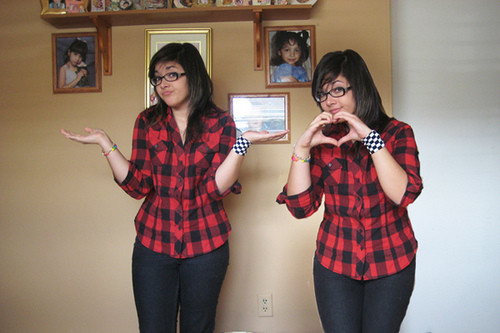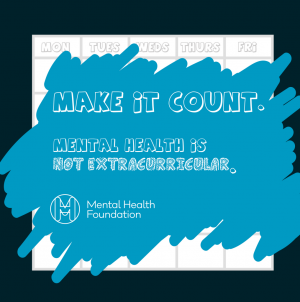-
Tips for becoming a good boxer - November 6, 2020
-
7 expert tips for making your hens night a memorable one - November 6, 2020
-
5 reasons to host your Christmas party on a cruise boat - November 6, 2020
-
What to do when you’re charged with a crime - November 6, 2020
-
Should you get one or multiple dogs? Here’s all you need to know - November 3, 2020
-
A Guide: How to Build Your Very Own Magic Mirror - February 14, 2019
-
Our Top Inspirational Baseball Stars - November 24, 2018
-
Five Tech Tools That Will Help You Turn Your Blog into a Business - November 24, 2018
-
How to Indulge on Vacation without Expanding Your Waist - November 9, 2018
-
5 Strategies for Businesses to Appeal to Today’s Increasingly Mobile-Crazed Customers - November 9, 2018
United States twin birth rate hits a new high, while multiple births diminish
The Centers for Disease Control and Prevention report that the twin birth rate hit a record-high 33.9 sets per 1,000 births in 2014, up from 33.7 in 2013. More precisely, in 2014 there were 33.9 twins for every 1,000 births, whereas back in 1980 the prevalence of such deliveries was nearly twice as low, at around 18.9 per 1,000.
Advertisement
The report also found that the rates of women giving birth in their 20s reached a record low in 2014, while the rates of women giving birth in their late 20s, 30s and early 40s rose from 2013 to 2014.
Birth rates for triplets and higher multiples fall 5%.
Specifically, the mean age of first time mothers has been rising in recent years, having reached 26.3 years in 2014, a slight increase even since 2013, when it was estimated at approximately 26 years. Although twin rates went up from 2013 to 2014, triplet (and more) births were down 5 percent, to 113.5 per 100,000 births.
In the past few years the United States has registered a very big drop in birth rates which have been in a constant decline. Experts attributed the decline in triplet and other multiple birth rates to changes in how Assisted Reproductive Technologies (ART) is performed now. The drop in the birth rates has been due to improved efforts to educate teens and provide them long-term birth control like IUDs. The most in sheer numbers were in the three most populated states of California, Texas and NY, respectively.
Another cause of the increase in the birth rate of twins was also attributed to more women having children at older ages, in which studies have shown that having children at an advanced age may increase the chance of having twins.
Researchers said changes in fertility treatments might have contributed to the decline in birth rates of triplets and higher multiples. Meantime birth rate for women in their 30s and beyond including 50s has seen an increase of varying degrees across the years. The birth rate among women in early 20s fell by 2% to 79 per 1,000.
Advertisement
The CDC links three-quarter of triplets and one-third of twins born in the United States in 2013 to IVF procedures, and the reason for this is because fertility doctors implant as many as three viable embryos in the woman’s womb against the hope that at least one of them will be viable and result to pregnancy.





























